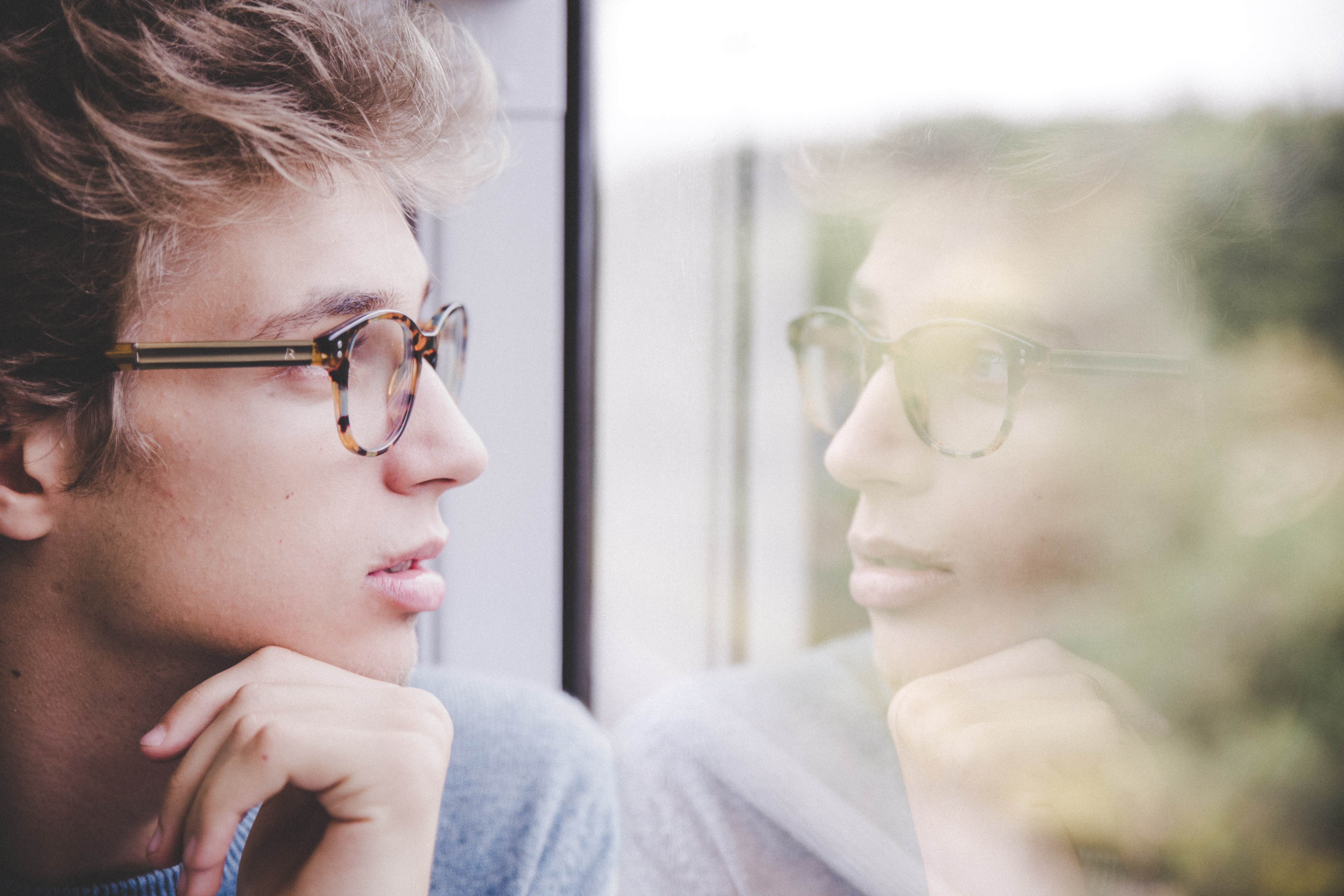Of all the positive emotions, hope is unique. It is the only one that requires negativity or uncertainty to get underway. None of the others, such as joy, gratitude, interest, awe, love, or serenity, need this kind of jump-start. They can be experienced without another emotion to set them in motion. Hope is also different than faith.
Hope happens when we have an expectation we can control our future. Faith is when we believe something else holds sway over it. Hope takes place when we can expect to influence the outcome—and we lose it when we don’t think we can.
We often use the terms faith and hope interchangeably, but scientists use the control factor to separate the two. It is the degree to which we believe we can have an influence over what is going to happen that our sense of hope is measured. We have hope we can finish the race in under an hour, and we have faith it won’t rain on Saturday.
In other words, uncertainty is part of the formula for hope.
There is no need for hope when something is certain, and you don’t need hope when something is out of your control. You don’t have to hope you’ll make it to work on time when you’re at your desk ten minutes before the day starts. Hope begins when you have some doubt.
It can also get turned on when you’ve been frustrated. A setback, an unexpected obstacle, a betrayal, or disappointment are all fertile grounds for hope. There are even those who say the bigger the frustration, the more hope gets fueled.
Some famous examples are: Walt Disney fired from the Kansas City Star because he “lacked imagination and had no good ideas;” Carrie by Stephen King rejected 30 times before it was published; Oprah fired from her job as a TV news anchor for being dull; Zen and the Art of Motorcycle Maintenance by Robert M. Pirsig rejected 121 times before it became a classic; Harry Potter and the Sorcerer’s Stone rejected 12 times, and J. K. Rowling was told “not to quit her day job.”
Being blocked from our goals can be a source of motivation.
When we are prevented from achieving our aspirations, we have to bring our expectations into alignment. This is how we reengage.
The key to understanding how hope works is understanding our perspective. When our expectations have been let down, or we are facing the unknown do we believe there is anything that can be done to change the outcome? If we do, then hope is possible. If we don’t, then this is where we give up, and let go of our goals.
While letting go of control over the outcome can be necessary, and an important part of our growth, it can also be painful. As it turns out, hope isn’t a black and white thing. Part of shifting our perspective and changing our experience of hope is calibration—an adjustment. If we make a correction toward what we expect it can alter how much hope we have. Making adjustments to our goals, bringing them closer in alignment with our ability can lift out feelings of hope.
If we can’t do it in under an hour—finishing the race in as close to an hour as we can keeps us motivated. This works to improve our hope and motivation because it is self-regulation— perhaps the greatest asset we have as human beings.
To feel more hope in your life take the challenge brought on by the uncertainty or disappointment to ask yourself what you can control. It may not be what you originally expected, but re-calibrating your outlook is the best way to keep hope alive.


